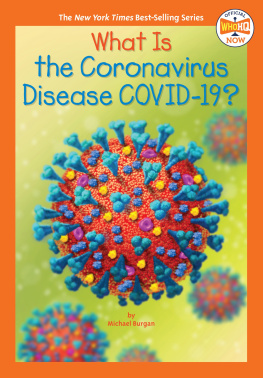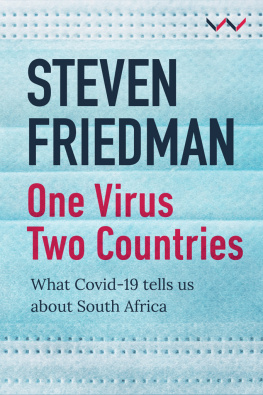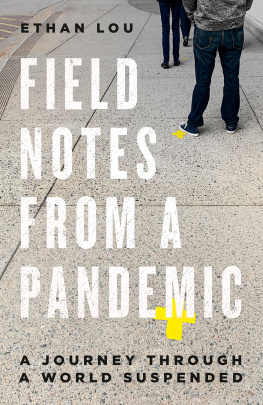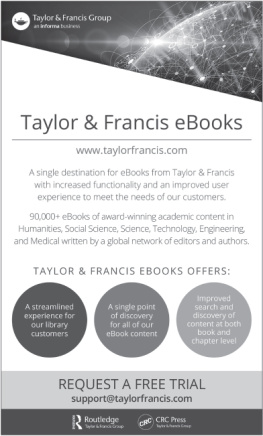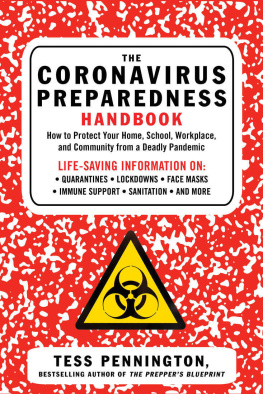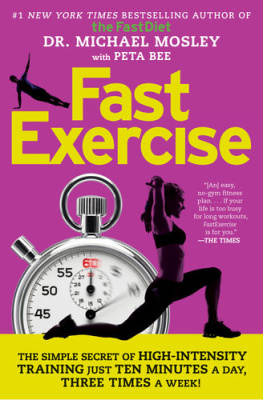Advance Praise for the Book
Clear, detailed, all-encompassing, elegantly written. Perhaps the most engagingly encyclopaedic compendium on SARS-CoV-2 in 260 pages
Ambarish Satwik, author of Perineum: Nether Parts of the Empire
A comprehensive scientific and sociological telling of one of the most disruptive events in our lifetimes. Anirban Mahapatra tells us how we got to this point, and where we go from hereSandeep Jauhar, author of Heart: A History
In a world worn out by the pandemic and infodemic of COVID-19, Anirbans elegantly written book is a brilliant blend of science, history and sociological analysis that is rich in information and insights, while providing the pleasure of an easy read. It is strongly recommended for anyone who wishes to understand the dynamics of the present pandemic in the broader context of the humanmicrobial interactions that occurred in the past and may shape our futureK. Srinath Reddy, president, Public Health Foundation of India
COVID-19: Separating Fact from Fiction is an extraordinary book, both in content and composition. Anirban Mahapatra has analysed the vast body of scientific literature on COVID-19 that has accumulated in just less than a year and has written a definitive book on the most recent malady of our times. COVID-19 is unprecedented in the contemporary history of pandemics. We have seen fact meld into fiction, and this misinformation has impacted the basic fabric of human life. The talented author has brought together seemingly unconnected, complex aspects of the pandemic into a tightly woven book, in language that anyone can understand. The book cuts through news headlines and social media posts on COVID-19 to offer a calm and rational voice to the earth-shaking and unerasable human experience of the pandemic. This is a must-read for inquisitive minds across all agesKrishna N. Ganesh, professor of chemistry and director, Indian Institute of Science Education and Research, Tirupati
This is a superb account of the origins, manifestations and lessons of the COVID-19 pandemic; it is deeply informative, highly accessible and engagingly written. Blending a meticulous understanding of microbiology, molecular biology and chemistry, Mahapatra guides us through the COVID-19 saga, offering vital lessons that we must embrace before the next pandemic strikes Kevin Davies, author of Editing Humanity and The Sequence
Anirban Mahapatras COVID-19: Separating Fact from Fiction is an engrossing narrative that integrates all the key scientific and societal aspects of the current COVID-19 pandemic with historical accounts of past viral outbreaks, and then relates these topics to the current state of affairs in India and the rest of the world. Accessible to all readers, Mahapatra walks [the reader] through all the basics of virology, vaccine development and divergent strategies to mitigate pandemics to create an essential guide for our times. Everyone should read this book to get a fuller understanding of living in a COVID-19 worldCraig Lindsley, university professor of pharmacology, biochemistry and chemistry and director of the Warren Center for Neuroscience Drug Discovery, Vanderbilt University, Nashville, USA
For Arhan and Mitun

1
Parable
By hook or by crook this peril too shall be something that we remember
Homer, The Odyssey
There is a well-known parable. A group of blind men approaches an elephant. One feels the trunk and concludes that an elephant is an animal like a snake. Another grasps one of its legs and discovers that it is akin to a tree trunk. Yet another grabs an ear and describes an elephant as a fan. A blind man grasping its tail thinks it is a kind of rope. Touching the tusk, another remarks that an elephant is a spear. The man who touches the side of an elephant is convinced that an elephant is a wall.
A pandemic is an elephant described by nearly eight billion blind people, each grasping at one or a few parts and trying to make sense of the whole.
Some of us see in the pandemic signs of social reordering. Others bemoan the moral decay that has occurred in people. Some of us shake our heads in disbelief. Yet others need to pin the blame on someone. Many of us see the Earth as a place that would be better off without people. Some shrug it off with its not that bad. It will go away. Others see it is as the end-of-times. Our remembrance of this life-altering eventthe likes of which the entire world has not witnessed in a centurywhat we think of it, how we feel about it and how we think we will get on once it is over is reflected by what we bring to the pandemic: our disposition, our experience, our background, and often, our privilege. Some of us were infected and fell sick. Some of us know someone who did not recover. Each of us will remember this pandemic differently.
The pandemic is biological, but it is also social. It is economic, but it is also political. Above all, we are facing a human pandemic, defined by both our collective humanity and inhumanity in the midst of an unexpected threat posed by a simple entity that follows evolutionary principles. Our world came to a grinding halt because of a virus that is exceedingly small. The virus has a compact genetic blueprint. The virus does not move on its own and needs to find new hosts. The virus just needs to spread.
In thousands of research articles in peer-reviewed journals and on scientific repositories that disseminate preliminary results, there are facets that are technical and medical. The print media highlights primarily socioeconomic dimensions. While following the pandemic on television and on social media, the angle is often political. When I read fictional stories or historical narratives, the voice is literary and introspective. And connecting all these threads in this current pandemic are our own fears for our relatives with medical conditions, and our aspirations for our children who look to us to answer why things are the way they are, and when they can play with friends and go back to school again.
From the start of the outbreak, we watched in horror as deaths mounted and as the threat mushroomed from country to country. By the end of 2020, SARS-CoV-2 had spread to over 190 countries. It had even reached Antarctica. Around 80 million cases had been identified. More than 1.7 million deaths had occurred. These numbers are of a magnitude that is difficult to comprehend.
In 2020, months felt like years, but one month stands out. In March 2020, the World Health Organization (WHO) declared that Severe Acute Respiratory Syndrome Coronavirus-2 (SARS-CoV-2), the novel coronavirus that causes Coronavirus Disease 2019 (COVID-19) had started a pandemic.
During this chaos, I first approached the task of writing about the pandemic in the only way I knew howby surveying the science of coronaviruses. This book is a snapshot of that knowledge. The picture may not be fully in focus, but it is no longer as blurry as it was on 31 December 2019, when the China office of the WHO was alerted of pneumonia of unknown cause that turned out be caused by SARS-CoV-2.



